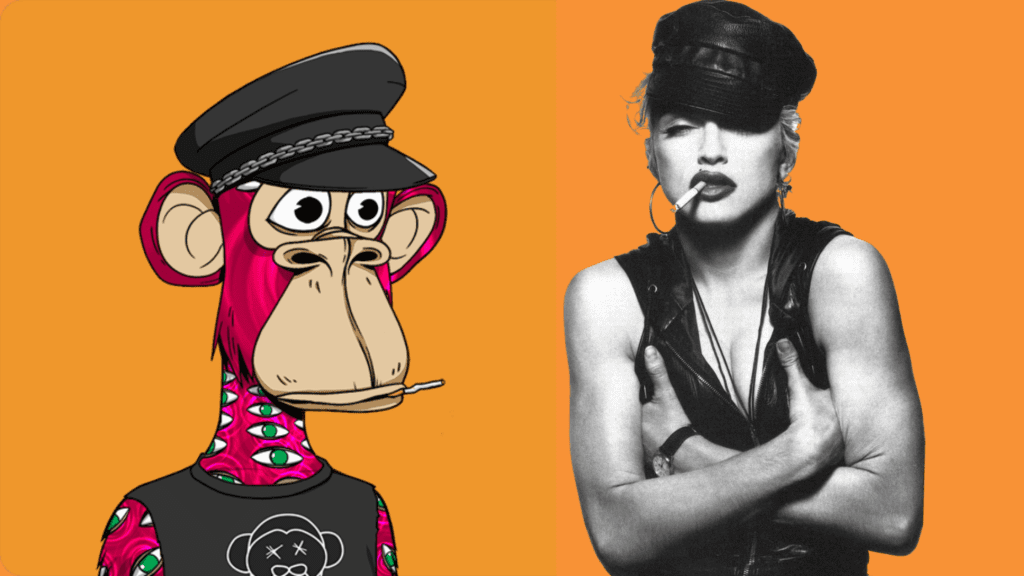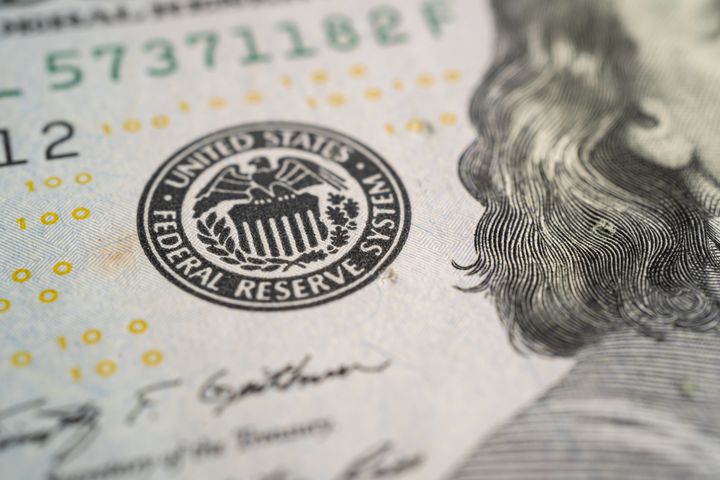NFTs: Valuable Asset Class or A Passing Trend?

Investopedia defines non-fungible tokens (NFTs) as “cryptographic assets on a blockchain with unique identification codes and metadata that distinguish them from each other. Unlike cryptocurrencies, they cannot be traded or exchanged at equivalency.”
Say what???
It’s hard to get your head around NFTs.
Right now, these digital “assets” are taking the world by storm, turning early adopters into overnight millionaires. Yet, reading about NFTs makes most sensible people’s heads spin.
The simplest way to think of NFTs is this:
NFTs are unique assets that live on the blockchain. Most are in the form of pieces of digital artwork, but they can also be other forms of media like video clips and audio files.
The biggest mistake you can make when getting started with NFTs is thinking about it in terms of consumption. Anyone can listen to a song or view a piece of digital art. What makes an NFT different is ownership. Not everyone can be the exclusive owner of an NFT, and only you can be – wherein its value lies.
Yes, it’s true, venture capitalists are plowing millions into digital art, virtual land, and online collectibles, the new frontier for investors seeking big returns in crypto.
But wait, paying money for some guy’s home video of a baby biting his brother?
Let me rephrase: In 2021, someone paid $760,999 for “Charlie Bit My Finger,” the classic 2007 YouTube video regarded as one of the earliest viral videos of the internet, sold as an NFT in 2021.
The buyer goes by the handle ‘3fmusic’, and he won the NFT in a bidding war with another potential buyer, ‘mememaster’.
But wait! An NFT is not a copyright, which means 3fmusic can't prevent the spread or use of the meme, so although 3fmusic will own the original, duplicate videos of “Charlie Bit My Finger” will always exist on YouTube.
This is just one of the many examples of crazy prices being paid for… erm… images of monkeys?
Bored Ape Yacht Club
NFTs range from computer-generated art pieces to cartoon characters costing hundreds of thousands of dollars.
That’s right. Bored Apes are the most popular collection of NFTs by volume, with celebrities like Tom Brady, Shaquille O’Neal, and Eminem paying the equivalent of hundreds of thousands of dollars in ETH (Ethereum) for the right to “own” a particular monkey image.
For example, Madonna’s Bored Ape #4988 was purchased for 180 ETH, costing her over $500,000. Madonna currently uses her Bored Ape #4988 as her profile picture on Twitter.

What it is, literally, is a collection of 10,000 unique Bored Ape NFTs— digital art images living on the Ethereum blockchain… pictures of different monkeys. (Think of your kid’s Pikachu card collection they take to school and swap to get the rarest one in their grubby paws. Or, if you’re a bit older – a baseball card collection)
What makes Bored Apes a little less boring is that your Bored Ape doubles as your Yacht Club membership card and grants access to members-only benefits, the first of which is access to THE BATHROOM, a collaborative graffiti board. The community can unlock future areas and perks through roadmap activation.
The Mutant Apes and the CryptoPunks in popularity follow bored Ape Yacht Club.
So the question on everyone’s minds is this: Should I invest in NFTs, or is it a fad for bored rich people?
What exactly is an NFT?
- NFT refers to a digital token that guarantees ownership of a specific asset. The asset in question could be anything, although most NFT trading volume corresponds to digital art, music, and blockchain gaming items.
- NFTs are hosted on the blockchain, the decentralized network behind many cryptocurrencies. Because of its unique cryptographic nature, these tokens that exist on a blockchain cannot be replicated.
- Bitcoin was the first to popularise blockchain technology, although since then, many other exciting networks have sprung up that look to improve on the foundations that Bitcoin set. Ethereum is one of these networks and has become the leader within the NFT space, although Solana, Cardano, the Binance Smart Chain are also heavily involved.
- NFTs can represent real-world items like artwork and real estate.
- “Tokenizing” these real-world tangible assets makes buying, selling, and trading them more efficient while reducing the probability of fraud.
- NFTs can represent individuals' identities, property rights, and more.
Are NFTs a good investment?
1. Potential Value Increases
One of the main appeals of investing in NFT art is the potential value increases that may occur over time. A prime example of this is CryptoPunk 1422, purchased for $74 back in 2017. However, BusinessInsider recently noted that the NFT was sold in October 2021 for an incredible $2 million. This example highlights the potential that many NFTs have for dramatic price appreciation.
2. Access to Exclusive Bonus Content
Investing in NFTs doesn’t just provide investors with a cool piece of art or music – it often includes scope to attain exclusive bonus content. There are many examples of this, although a prime example is when NFT collection creators will invite owners to events or provide additional NFTs via Airdrop.
3. Enable Participation in Elite Communities
High-end NFTs often allow owners to be part of exclusive ‘communities’, adding prestige to the assets. A famous example is Bored Ape Yacht Club, which operates a Discord server filled with other Bored Ape owners, including celebrities and high-profile names. Owners also access ‘The Bathroom,’ a community-driven graffiti board.
4. Can Support Creators
You may wish to purchase the best NFT to invest in to support a creator you’re a fan of. NFTs have proven to be a fantastic way for creators to publish work and for fans to show their support by buying the work.
5. Easy to Display Ownership
Finally, since NFTs are ‘non-fungible’ by design, many NFT owners will display their assets as profile pictures on social media. This highlights to others the prestigious NFT they own – and the NFT cannot be copied because blockchain technology has solidified ownership.
How does it work?
NFTs are “minted” or created on individual project websites. You can buy a newly minted NFT from the creator or go to a marketplace such as OpenSea. This process mirrors how companies sell shares of stock. When a company forms, it mints shares and ascribes value to them. Early investors can purchase shares directly from a company. Once the company goes public, anyone can buy shares via a brokerage platform like TD Ameritrade.
Conclusion
In an ever-increasing digital world, it’s hard to know which investments have long-term potential or when it’s the right time to sell. Many predicted the NFT hype would die down, but NFTs have outperformed crypto heading into mid-2022, and NFT investors, if they didn’t sell, will be up on their purchase.
Will this continue as the practical application of NFTs evolve? Only time will tell.




